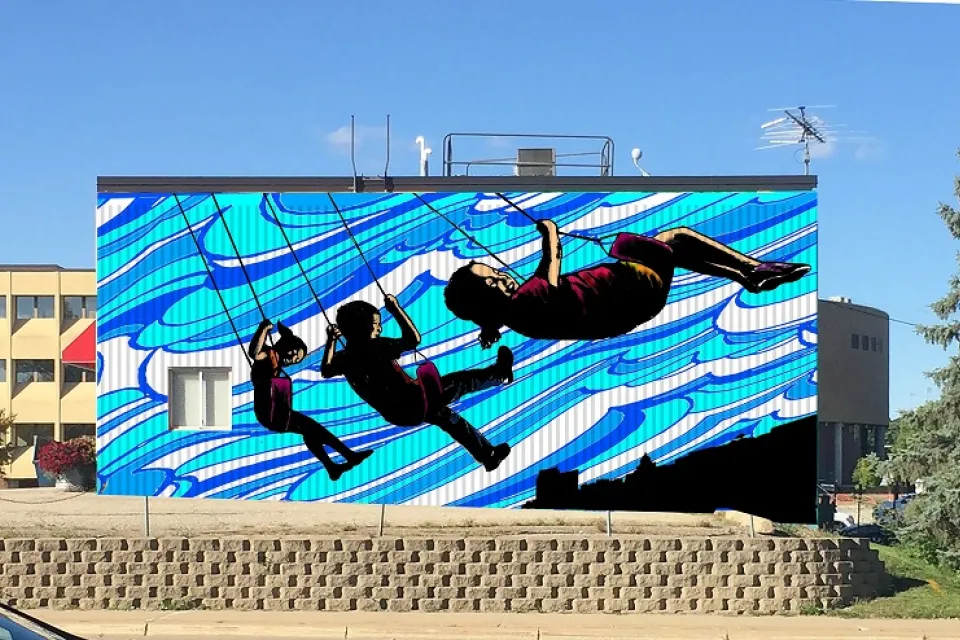Halloween spread to North America - Training Post

Lesley Bannatyne and Cindy Ott write that Anglican colonists in the southern United States and Catholic colonists in Maryland "recognized All Hallow's Eve in their church calendars",
although the Puritans of New England maintained strong opposition to the holiday, along with other traditional celebrations of the established Church, including Christmas.Almanacs of the late 18th and early 19th century give no indication that Halloween was widely celebrated in North America. It was not until mass Irish and Scottish immigration in the 19th century that Halloween became a major holiday in America, confined to the immigrant communities during the mid-19th century. It was gradually assimilated into mainstream society and was celebrated coast to coast by people of all social, racial, and religious backgrounds by the first decade of the 20th century. "In Cajun areas, a nocturnal Mass was said in cemeteries on Halloween night. Candles that had been blessed were placed on graves, and families sometimes spent the entire night at the graveside". The yearly Greenwich Village Halloween Parade was begun in 1974 by puppeteer and mask maker Ralph Lee of Greenwich Village; it is the world's largest Halloween parade and America's only major nighttime parade, attracting more than 60,000 costumed participants, two million spectators, and a worldwide television audience.
